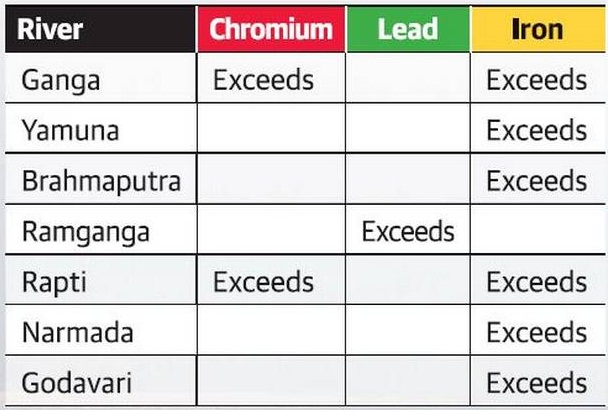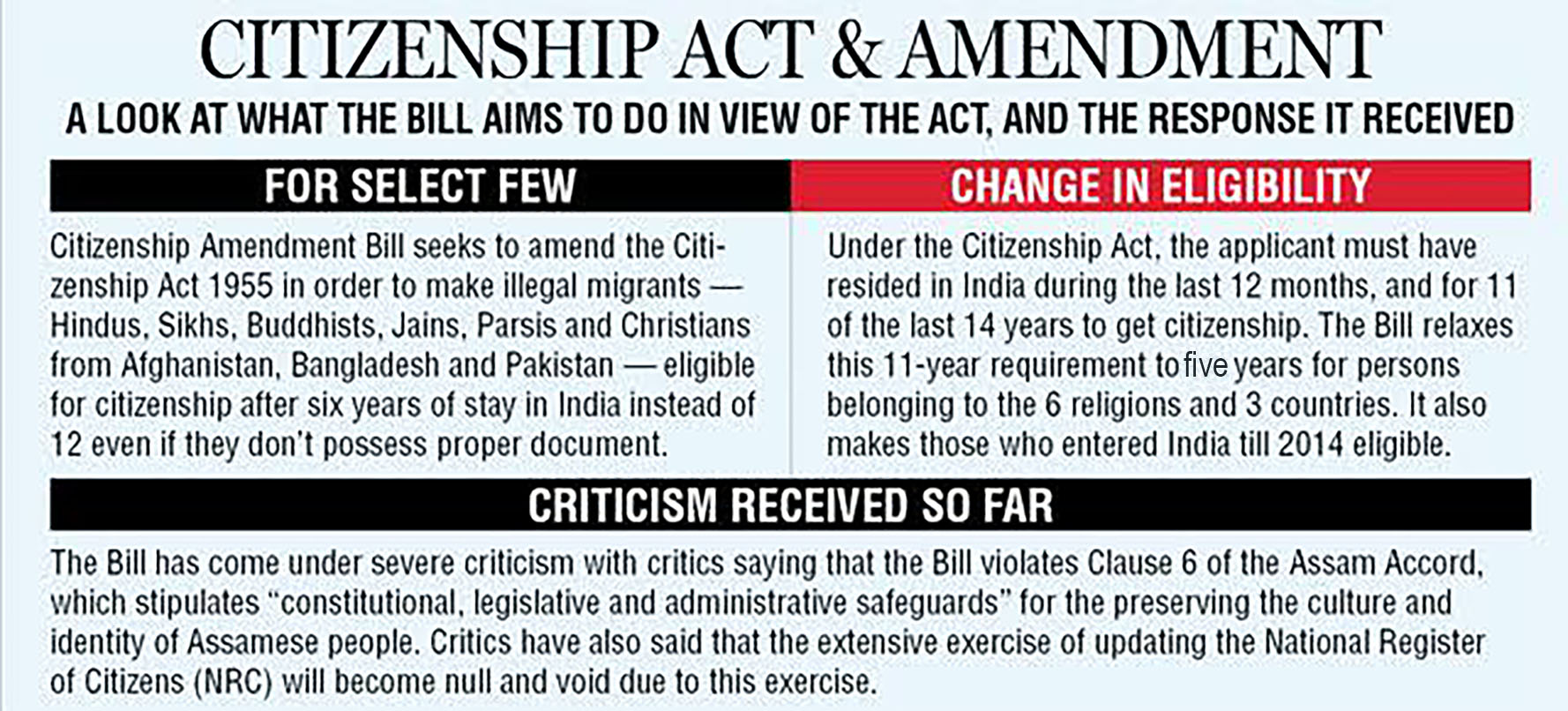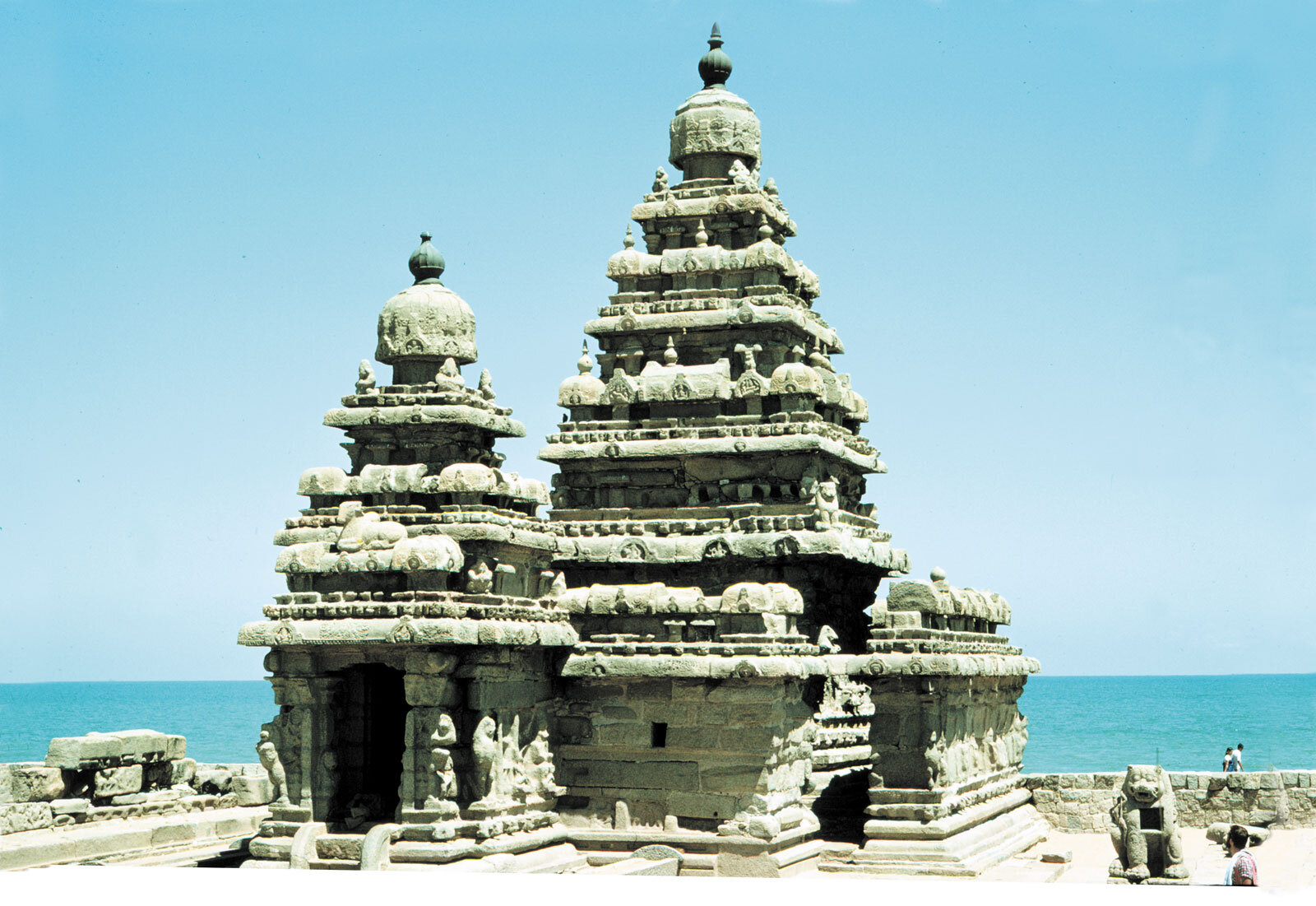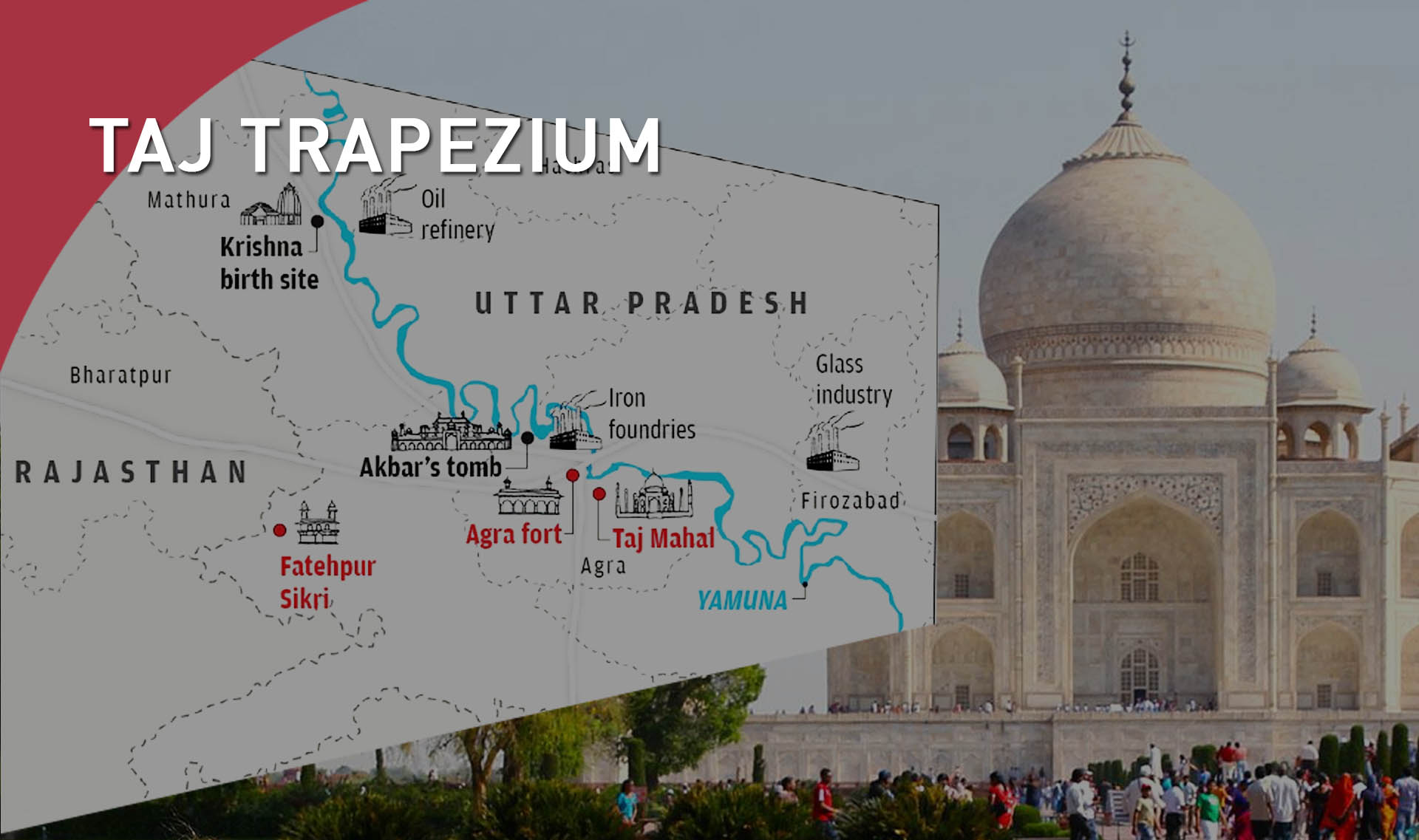Indian Polity
Citizenship (Amendment) Bill, 2019
Why in News
The Parliament has passed the Citizenship (Amendment) Bill (CAB), 2019.
- The Bill seeks to grant Indian Citizenship to persons belonging to Hindu, Sikh, Buddhist, Jain, Parsi and Christian communities who have migrated to India after facing persecution on grounds of religion in Pakistan, Afghanistan and Bangladesh.
- It basically intends to make it easier for non-Muslim immigrants from India’s three Muslim-majority neighbours to become citizens of India.
Background
- In India, citizenship is regulated by the Citizenship Act, 1955. The Act specifies that citizenship may be acquired in India through five methods – by birth in India, by descent, through registration, by naturalisation (extended residence in India), and by incorporation of territory into India.
- However, illegal migrants cannot become Indian citizens. Under the Act, an illegal migrant is a foreigner who:
- enters the country without valid travel documents like a passport and visa, or enters with valid documents, but stays beyond the permitted time period.
- Illegal migrants may be put in jail or deported under the Foreigners Act, 1946 and the Passport (Entry into India) Act, 1920.
- In 2015 and 2016, the government exempted specified groups of illegal migrants from provisions of the 1946 and 1920 Acts. They were Hindus, Sikhs, Buddhists, Jains, Parsis and Christians from Afghanistan, Bangladesh and Pakistan, who reached India on or before December 31, 2014.
- This meant that these particular categories of illegal migrants would not be deported or jailed for being in India without valid documents.
- The Citizenship (Amendment) Bill, 2016 was introduced in Parliament to amend the Citizenship Act, 1955, so that these people could be made eligible for citizenship of India.
- The Bill lapsed with the dissolution of the 16th Lok Sabha. Subsequently, the Citizenship (Amendment) Bill, 2019 was introduced in Lok Sabha in December 2019.
Key Features
- Citizenship on the basis of religion: The Bill amends the Citizenship Act, 1955, and for the first time, will grant citizenship on the basis of religion to non-Muslim communities from Afghanistan, Bangladesh and Pakistan, who entered India on or before December 31, 2014.
- Non - Muslim Communities Included: Hindu, Sikh, Buddhist, Jain, Parsi, and Christian. This implies that migrants, who identify themselves with any group or community other than those mentioned here, from the above mentioned countries won't be eligible for citizenship.
- Exceptions: The provisions on citizenship for illegal migrants will not apply to two categories - states protected by the ‘Inner Line’, and areas covered under the Sixth Schedule of the Constitution.
- Inner Line Permit (ILP): This is a special permit that citizens from other parts of India require to enter a state protected by the ILP regime. Without an ILP granted by the state government, an Indian from another state cannot visit a state that is under the ILP regime.
- Sixth Schedule: The Sixth Schedule relates to special provisions in administration of certain Northeastern states (Assam, Mizoram, Meghalaya and Tripura). It provides special powers for Autonomous District Councils (ADCs) in these states.
- Citizenship by Naturalization
- Under The Citizenship Act, 1955, one of the requirements for citizenship by naturalisation is that the applicant must have resided in India during the last 12 months, as well as for 11 of the previous 14 years.
- The amendment relaxes the second requirement from 11 years to 5 years as a specific condition for applicants belonging to the specified six religions, and the above mentioned three countries.
- Additional Ground for Cancelling Overseas Citizen of India (OCI) Registration i.e. violation of any law notified by the central government.
- However, the Bill does not provide any guidance on the nature of laws which the central government may notify. The Supreme Court has noted that this guidance is necessary to set limits on the authority’s powers and to avoid any arbitrariness in exercise of powers.
Arguments Against the Bill
- The fundamental criticism of the Bill has been that it specifically targets Muslims. Critics argue that it is violative of Article 14 of the Constitution (which guarantees the right to equality) and the principle of secularism.
- India has several other refugees that include Tamils from Sri Lanka and Hindu Rohingya from Myanmar. They are not covered under the Act.
- Despite exemption granted to some regions in the Northeastern states, the prospect of citizenship for massive numbers of illegal Bangladeshi migrants has triggered deep anxieties in the states.
- It will be difficult for the government to differentiate between illegal migrants and those persecuted.
Arguments in Favour
- The government has clarified that Pakistan, Afghanistan and Bangladesh are Islamic republics where Muslims are in majority hence they cannot be treated as persecuted minorities. It has assured that the government will examine the application from any other community on a case to case basis.
- This Bill will come as a big boon to all those people who have been the victims of Partition and the subsequent conversion of the three countries into theocratic Islamic republics.
- Citing partition between India and Pakistan on religious lines in 1947, the government has argued that millions of citizens of undivided India belonging to various faiths were staying in Pakistan and Bangladesh from 1947.
- The constitutions of Pakistan, Afghanistan and Bangladesh provide for a specific state religion. As a result, many persons belonging to Hindu, Sikh, Buddhist, Jain, Parsi and Christian communities have faced persecution on grounds of religion in those countries.
- Many such persons have fled to India to seek shelter and continued to stay in India even if their travel documents have expired or they have incomplete or no documents.
- After Independence, not once but twice, India conceded that the minorities in its neighbourhood is its responsibility. First, immediately after Partition and again during the Indira-Mujib Pact in 1972 when India had agreed to absorb over 1.2 million refugees. It is a historical fact that on both occasions, it was only the Hindus, Sikhs, Buddhists and Christians who had come over to Indian side.
Science & Technology
50th PSLV Launch
Why in News
Recently, India’s Polar Satellite Launch Vehicle (PSLV-C48) marked its 50th launch by injecting India’s advanced radar imaging earth observation satellite RISAT-2BR1.
- PSLV-C48 also injected 9 other customer satellites from Japan, Italy, Israel and the U.S.A. into their intended orbits.
- This was 75th launch vehicle mission from Satish Dhawan Space Centre, Sriharikota.
RISAT-2BR1
- The 628 kg RISAT-2BR1, is placed into a 576-km orbit at an inclination of 37 degrees.
- It is the second satellite in the RISAT-2B series and along with the CARTOSAT-3, it is the part of 'spy' satellites.
- These satellites will keep a check on infiltration by allowing round-the-clock surveillance across the border.
- It has a life of five years.
- RISAT-2BR1 is expected to bolster the country’s border monitoring measures besides aiding in disaster management, agriculture and tracking forest cover.
- It is equipped with a Synthetic Aperture Radar (SAR) that can take pictures of the earth both during the day and night, irrespective of the cloud conditions.
Polar Satellite Launch Vehicle
- Polar Satellite Launch Vehicle (PSLV) is the third generation launch vehicle of India.
- It is a four-staged launch vehicle with first and third stage using solid rocket motors and second and fourth stages using liquid rocket engines.
- It is the first Indian launch vehicle to be equipped with liquid stages.
- Initially, PSLV had a carrying capacity of 850 kg but has been enhanced to 1.9 tonnes.
- The PSLV has helped take payloads into almost all the orbits in space including Geo-Stationary Transfer Orbit (GTO), the Moon, Mars and would soon be launching a mission to the Sun.
- Between 1994 and 2019, the PSLV launched 50 Indian satellites and 222 foreign satellites for over 70 international customers from 20 countries.
- It has a history of successful launches of payloads that include Chandrayaan-1, Mars Orbiter Mission(MOM) and the space recovery mission, etc.
- The PSLV has failed only twice in its history — the maiden flight of the PSLV D1 in 1993 and the PSLV C-39 in 2017.
Governance
Heavy Metals Contaminating India’s Rivers
Why in News
Recently, the Central Water Commission (CWC) has reported that the samples from two-thirds of the water quality stations spanning India’s major rivers are contaminated by one or more heavy metals, exceeding safe limits set by the Bureau of Indian Standards.
- The samples from only one-third of water quality stations were safe whereas 65% were polluted by heavy metals.
- Heavy metals are naturally occurring elements that have a high atomic weight and a density of at least 5 times greater than that of water.
- The exercise was limited to surface water and did not cover groundwater contamination.
- The presence of metals in drinking water to some extent is unavoidable and certain metals, in trace amounts, are required for good health. However, when present above safe limits, they are associated with a range of disorders.
- Long-term exposure to the heavy metals may result in physical, muscular, and neurological degenerative processes that mimic Alzheimer’s disease, Parkinson’s disease, muscular dystrophy and multiple sclerosis.
Key Points
- Iron emerged as the most common contaminant with above safe limits across the country.
- Arsenic and zinc are the two toxic metals whose concentration is always found within the limits.
- Arsenic contamination is a major environmental issue that affects groundwater.
- The other major contaminants found in the samples were lead, nickel, chromium, cadmium and copper.
- The contamination of water sites depends on the season. As the varied presence of contaminants is found in different seasons. Thus, the water samples were collected in three different seasons: Non-Monsoon, and Monsoon.
- Non-Monsoon Period: Lead, cadmium, nickel, chromium and copper contamination were more common in this period.
- Monsoon Period: Iron, lead, chromium and copper exceeded ‘tolerance limits’ in this period most of the time.
Reasons for Contamination of Surface Water
- The main sources of heavy metal pollution are mining, milling, plating and surface finishing industries that discharge a variety of toxic metals into the environment.
- The population growth and rise in agricultural and industrial activities are also responsible for contamination of surface water.
Important Facts For Prelims
NavIC to Join Allied System of USA
Why in News
Recently, the US Congress has consented to designate India's Navigation in Indian Constellation (NavIC) as its “allied” navigational satellite system along with the Galileo of the European Union and QZSS of Japan.
- At the same time, it has designated Russia' GLONASS and Chinese Beidou as a “non-allied system”.
- The tag of the “allied” navigational satellite system allows US satellite navigation system to co-operate or to exchange data with these satellite navigation systems.
- This tag is designated as part of the conference report of the National Defense Authorization Act (NDAA) 2020.
- The designation of India's NavIC as an “allied system” is part of the American effort to develop a prototype program for multi-global navigation satellite system.
Important Facts For Prelims
Shore Temple
Why in News
The shoreline on the northern side of the Shore temple in Mamallapuram, Tamil Nadu is facing severe sea erosion.
- Shore Temple is one among a number of Hindu monuments at Mamallapuram (Mahabalipuram), on the Coromandel Coast of Tamil Nadu.
- It is considered the finest early example of medieval southern Indian temple architecture.
- It was built probably in the reign of Narasimhavarman II, also known as Rajasimha (Pallava ruler) who reigned from 700 to 728 CE.
- Unlike most of its neighbours at the site, it is built of cut stones rather than carved out of caves.
- It has two shrines, one dedicated to Shiva and the other to Vishnu.
- It has been built in Dravidian style. Its style is characterized by a pyramidal kutina-type tower that consists of stepped stories topped by a cupola and finial, a form quite different from the northern Indian sikhara.
- The Mamallapuram monuments and temples, including the Shore Temple complex, were collectively designated a UNESCO World Heritage site in 1984.
Important Facts For Prelims
Taj Trapezium Zone
Why in News
Recently, the Supreme Court has permitted Northern Railways to cut over 400 trees in the Taj Trapezium Zone (TTZ) for construction of an additional rail track between Delhi and Agra on the condition of mandatory compensatory afforestation.
Background
- Supreme Court Ruling: In response to a Public Interest Litigation seeking to protect the Taj Mahal from environmental pollution, the Supreme Court of India delivered a ruling in December,1996 that banned the use of coal/ coke in industries located in the TTZ.
- It ordered for switching over from coal/ coke to natural gas, and relocating them outside the TTZ or shutting down.
- The Central Government in exercise of the powers conferred under the Environment (Protection) Act, 1986 has constituted the Taj Trapezium Zone Pollution (Prevention and Control) authority in 1998.
- TTZ is a defined area of 10,400 sq km around the Taj Mahal to protect the monument from pollution.
- TTZ is so named since it is located around the Taj Mahal and is shaped like a trapezium.
- It comprises monuments including three World Heritage Sites the Taj Mahal, Agra Fort and Fatehpur Sikri.
Geographical location
- The geographical limits of the Taj Trapezium Zone is defined in the shape of a trapezium lying in the Agra Division of the State of Uttar Pradesh and in the Bharatpur Division of the State of Rajasthan.
Important Facts For Prelims
Papikonda National Park
Why in News
The Forest Department and experts from Kerala and northeastern States will begin the maiden survey of butterfly species in the Papikonda National Park (PNP).
- The PNP spreads over 1012.86 square kilometres in East and West Godavari districts of Andhra Pradesh.
- It has historically experienced varying levels of protection, beginning as a reserved forest in 1882, a wildlife sanctuary in 1978, and as a national park from 2008.
- The park lies on the left and right banks of the river Godavari and cuts through the Papikonda hill range of Eastern Ghats. The River Godavari enriches the Papikonda Park with its natural beauty.
- The majority of the area of the park is covered with moist deciduous forest and include animal species such as tigers, mouse deer, gaur etc.
Important Facts For Prelims
Subramaniya Bharathi
Why in News
The Prime Minister of India paid tribute to poet-reformer Subramania Bharathi on his 137th birth anniversary, describing him as a symbol of patriotism.
- C. Subramaniya Bharathi was born on 11th December 1882, in Ettayapuram village of Tirunelveli District in Tamil Nadu.
- He was a poet, freedom fighter and social reformer from Tamil Nadu.
- He was known as Mahakavi Bharathiyar and his songs on nationalism and freedom of India helped to rally the masses to support the Indian Independence Movement in Tamil Nadu.
- Few of his poems are: “Kannan Pattu, Nilavum Vanminum Katrum, Panchali Sabatam and Kuyil Pattu”.
- He published the sensational “Sudesa Geethangal” in 1908.
- In order to proclaim its revolutionary ardour, Bharathi had the weekly newspaper named ‘India’ printed in red paper. It was the first paper in Tamil Nadu to publish political cartoons. He also published and edited a few other journals like “Vijaya”.
- He attended the annual sessions of Indian National Congress and discussed national issues with extremist leaders like Bipin Chandra Pal, B.G. Tilak and V.V.S. Iyer.
- His participation and activities in Benaras Session (1905) and Surat Session (1907) of the Indian National Congress impressed many national leaders for his patriotic fervour.







